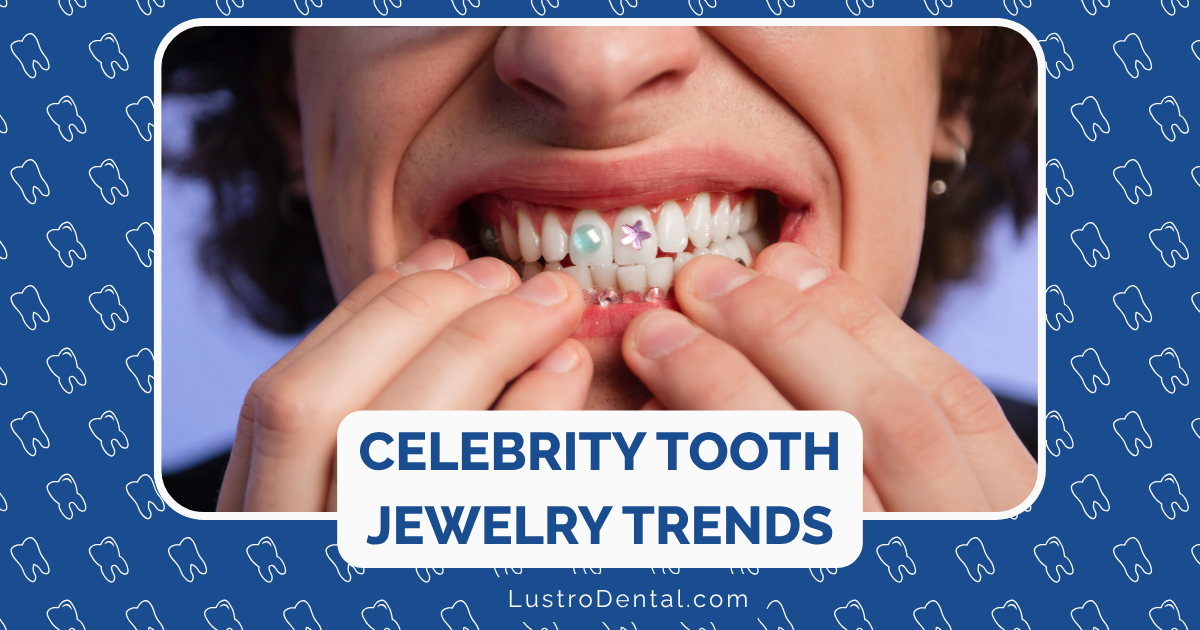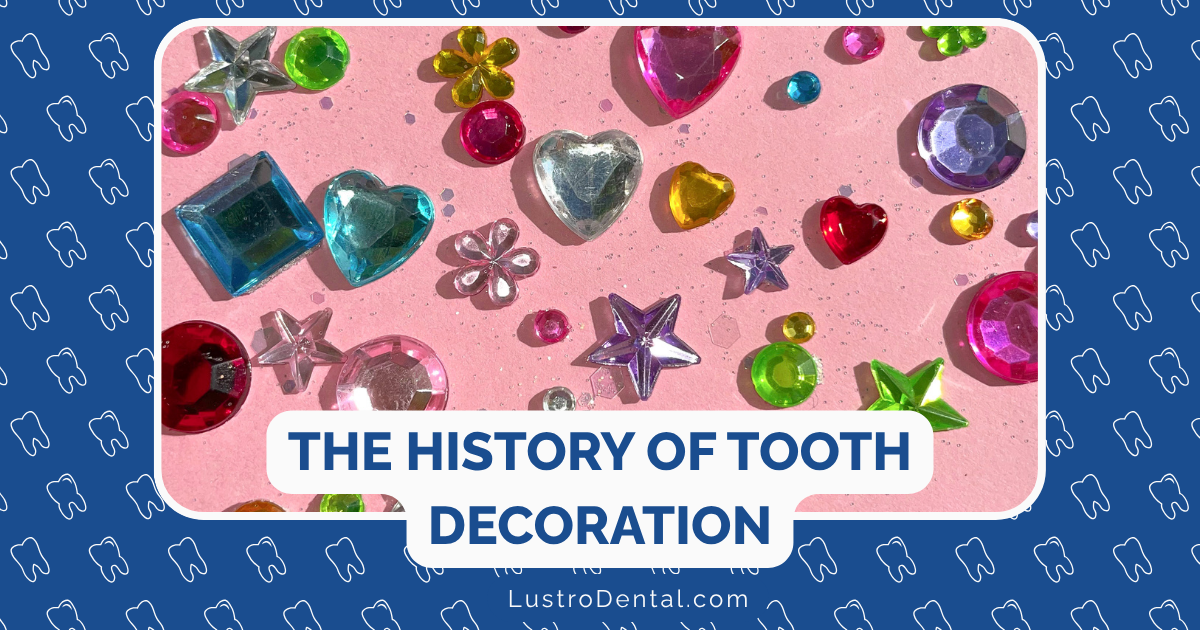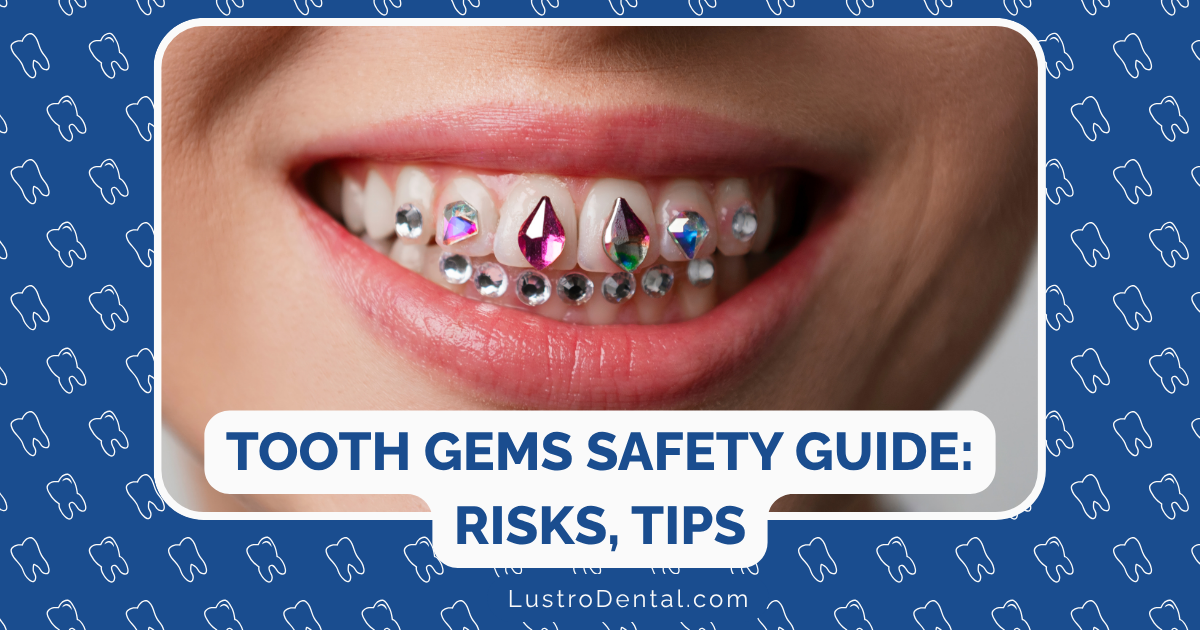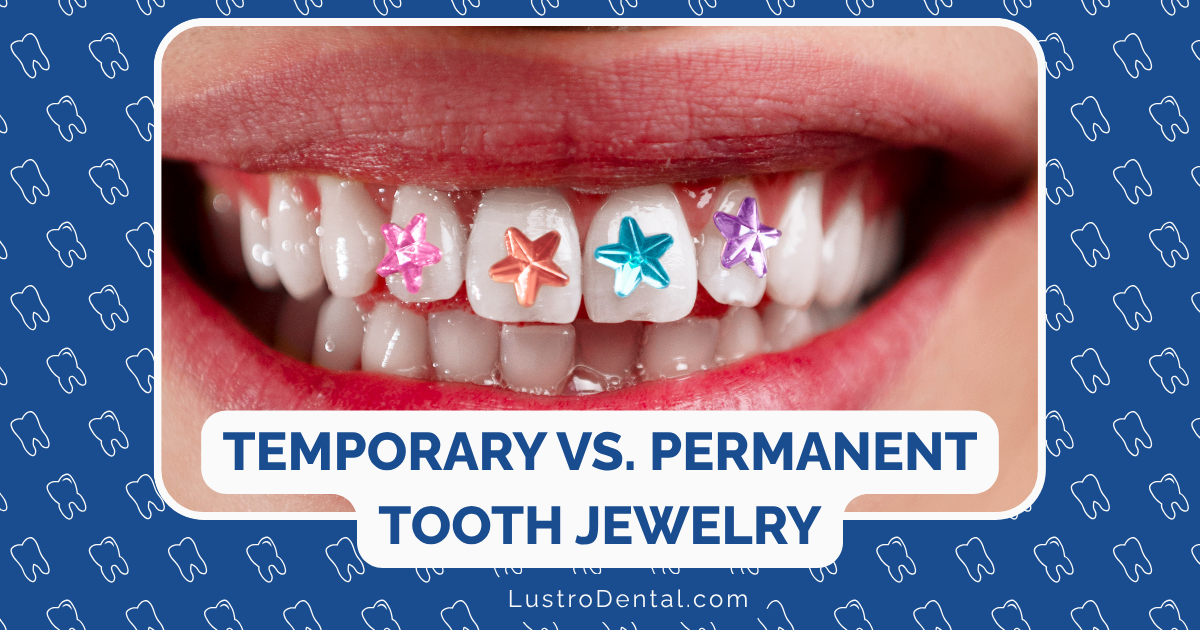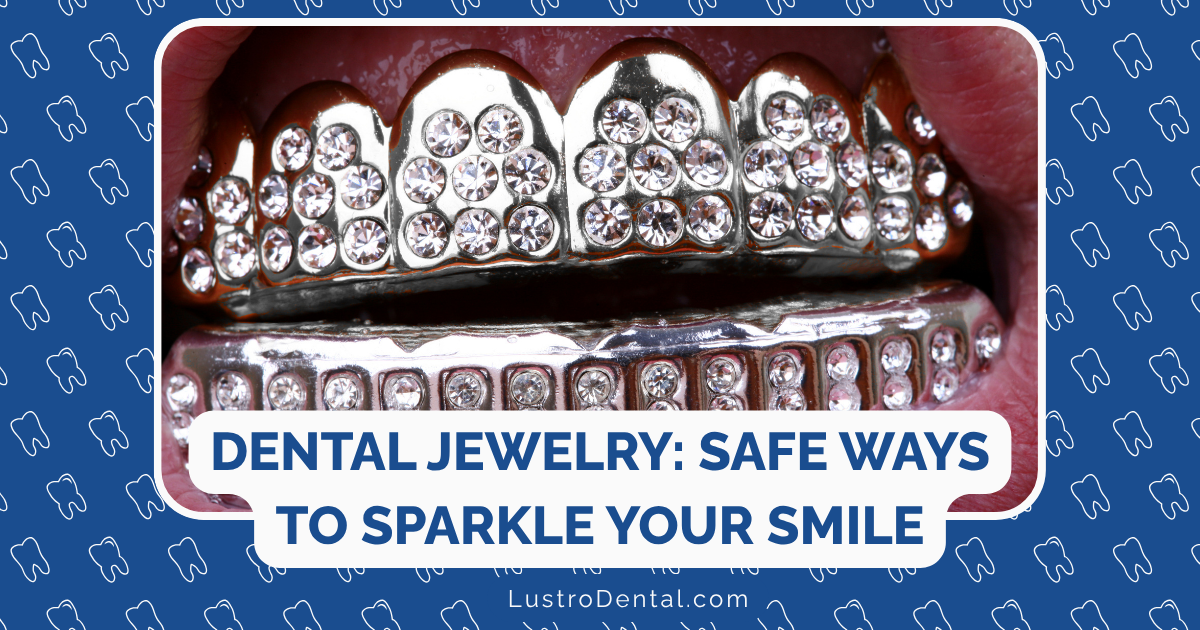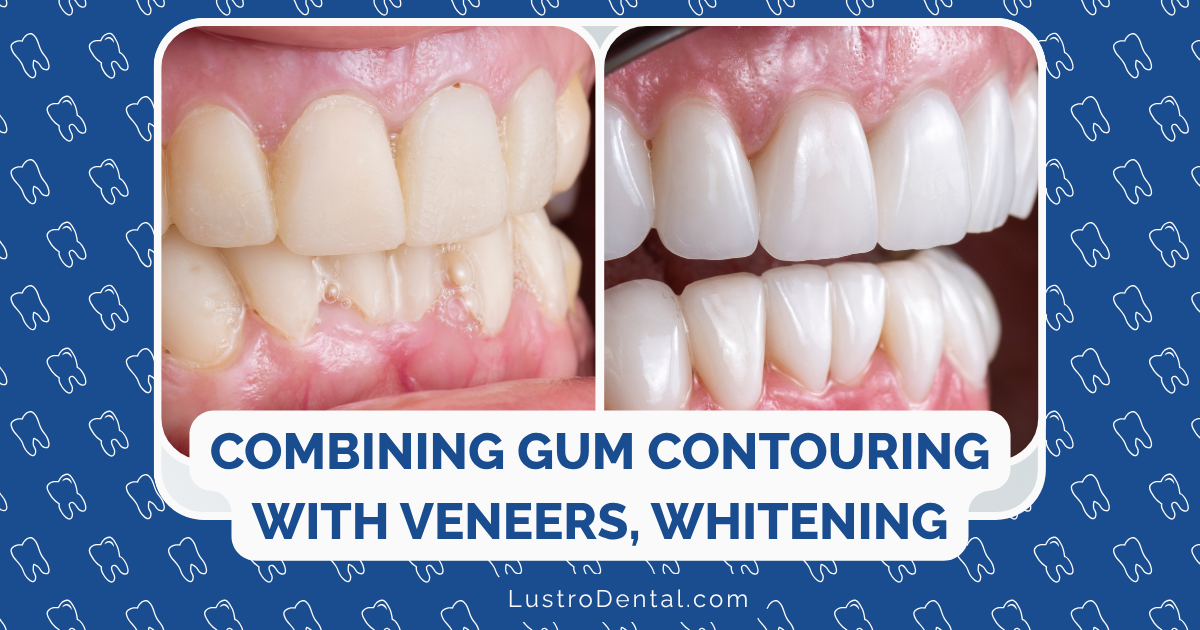The Truth About Teeth Whitening: Safe Options for a Brighter Smile

A bright, white smile can be a powerful asset—boosting confidence, creating positive first impressions, and even potentially improving professional opportunities. It’s no wonder that teeth whitening has become one of the most requested dental procedures, with Americans spending more than $1.4 billion annually on over-the-counter whitening products.
But with countless options available—from professional treatments to DIY methods found on social media—how do you separate fact from fiction? Which methods actually work, and more importantly, which ones are safe for your long-term oral health?
In this comprehensive guide, we’ll explore the science behind teeth discoloration, evaluate various whitening methods based on safety and effectiveness, and help you make informed decisions about brightening your smile without compromising your dental health.
Understanding Teeth Discoloration: Why Teeth Lose Their Sparkle
Before diving into whitening solutions, it’s important to understand why teeth become discolored in the first place. This knowledge helps you target the specific type of staining affecting your smile.
Types of Teeth Discoloration
Dental professionals classify teeth discoloration into three main categories:
1. Extrinsic Stains
These stains affect the outer layer of the tooth (enamel):
- Cause: Contact with pigmented foods, beverages, and tobacco
- Appearance: Generally yellow or brown discoloration
- Common culprits: Coffee, tea, red wine, berries, soy sauce, tobacco
- Treatability: Most responsive to whitening treatments
2. Intrinsic Stains
These stains occur within the tooth structure (dentin):
- Cause: Medications, excessive fluoride exposure during tooth development, trauma, aging
- Appearance: Often gray, blue, or brown discoloration
- Common culprits: Tetracycline antibiotics, childhood fluorosis, internal bleeding from trauma
- Treatability: More difficult to treat, may require professional methods
3. Age-Related Discoloration
A combination of both extrinsic and intrinsic factors:
- Cause: Natural thinning of enamel revealing the yellower dentin beneath, plus accumulated stains
- Appearance: Generally yellow discoloration
- Treatability: Responds to whitening but may require more intensive approaches
The Science Behind Teeth Color
Teeth appear white due to the way light interacts with the enamel and dentin:
- Enamel: The translucent outer layer that allows light to pass through
- Dentin: The yellower inner layer that reflects light back through the enamel
Discoloration occurs when:
- Chromogens (strongly pigmented molecules) attach to the enamel
- The enamel becomes more porous, allowing stains to penetrate
- The enamel thins with age, revealing more of the yellowish dentin
- Structural changes occur within the dentin itself
Understanding your specific type of discoloration helps determine which whitening approach will be most effective while minimizing risks to your oral health.
Professional Whitening Options: The Gold Standard
Professional whitening performed by dental professionals offers the most dramatic, reliable results while prioritizing safety.
In-Office Professional Whitening
How It Works:
- Uses higher-concentration hydrogen peroxide (typically 15-40%)
- Often accelerated with specialized lights or lasers
- Includes gum protection measures applied by professionals
- Usually completed in 1-3 sessions of 60-90 minutes each
Benefits:
- Most dramatic results: Can lighten teeth 5-8 shades in a single session
- Professional oversight: Minimizes risks of gum irritation and sensitivity
- Immediate results: Perfect for special occasions or quick transformations
- Customized treatment: Tailored to your specific needs and sensitivity level
Considerations:
- Most expensive option ($500-1,000 per treatment)
- May cause temporary sensitivity
- Results are not permanent (typically lasts 1-3 years with proper maintenance)
According to the American Dental Association, in-office whitening under professional supervision remains the safest way to significantly whiten teeth in a short timeframe.
Dentist-Dispensed Take-Home Kits
How It Works
- Custom-fitted trays created from impressions of your teeth
- Professional-strength whitening gel (typically 10-22% carbamide peroxide)
- Worn for specified periods (30 minutes to overnight) for 1-2 weeks
Benefits
- Customized fit: Reduces gel contact with gums
- Professional guidance: Dentist monitors progress and addresses sensitivity
- Convenience: Treatment occurs on your schedule
- Cost-effective: Less expensive than in-office treatment but more effective than OTC options
Considerations
- Requires discipline to follow treatment schedule
- Results take longer to achieve than in-office treatment
- More expensive than over-the-counter options ($250-500)
Many dental professionals consider custom take-home trays the ideal balance of effectiveness, safety, and value, particularly for patients with moderate staining or sensitivity concerns.
Over-the-Counter Solutions: Navigating the Store Aisle
For those seeking more affordable options, over-the-counter whitening products offer varying degrees of effectiveness and safety.
Whitening Strips
How They Work:
- Thin, flexible plastic strips coated with hydrogen peroxide gel
- Conform to the teeth and hold the whitening agent in place
- Typically used for 30 minutes daily for 1-3 weeks
- Usually contain 5-14% hydrogen peroxide
Effectiveness & Safety:
- Effectiveness: Can lighten teeth 1-3 shades
- Safety concerns: Uneven whitening, difficulty keeping gel away from gums
- Best for: Light to moderate extrinsic staining, people with straight teeth
A study published in the Journal of the American Dental Association found that whitening strips with 10% hydrogen peroxide produced noticeable whitening with minimal side effects when used as directed.
Whitening Toothpastes
How They Work: Through two primary mechanisms:
- Chemical action: Mild peroxides to break down stains
- Mechanical action: Abrasives to polish away surface stains
Effectiveness & Safety:
- Effectiveness: Typically removes only surface stains, lightening teeth by about 1 shade
- Safety concerns: Abrasive formulas can wear down enamel with long-term use
- Best for: Maintaining results after other whitening treatments, mild surface stains
Look for toothpastes with the American Dental Association Seal of Acceptance, which have been tested for both safety and effectiveness.
Whitening Rinses and Gels
How They Work:
- Contain low concentrations of hydrogen peroxide (1-2%)
- Brief contact with teeth during use
- Often used as supplements to other whitening methods
Effectiveness & Safety:
- Effectiveness: Minimal when used alone due to short contact time
- Safety concerns: Generally very safe but may cause mild irritation
- Best for: Maintenance after other whitening treatments
LED Whitening Kits
How They Work:
- Combine whitening gel with LED light devices
- Light claimed to accelerate the whitening process
- Typically used for 10-30 minutes daily for 1-2 weeks
Effectiveness & Safety:
- Effectiveness: Mixed scientific evidence on whether lights enhance whitening
- Safety concerns: Potential for uneven results, gum irritation if not used carefully
- Best for: Those seeking a “spa-like” experience at home
The American Dental Association notes that while LED lights are generally safe, there’s limited evidence that they significantly improve whitening results compared to the gel alone.
Natural Whitening Methods: What Works and What Doesn’t
The internet abounds with “natural” whitening remedies, but which ones actually work, and which might harm your teeth?
Oil Pulling
The Claim: Swishing oil (typically coconut) in the mouth for 15-20 minutes pulls toxins and stain-causing bacteria from teeth.
The Reality:
- Effectiveness: Limited scientific evidence for whitening effects
- Safety: Generally safe but not as effective as conventional methods
- Verdict: May offer slight improvement in oral hygiene but minimal whitening effects
Activated Charcoal
The Claim: Charcoal’s absorbent properties draw stains from teeth.
The Reality:
- Effectiveness: Limited scientific evidence for whitening
- Safety concerns: Highly abrasive; may damage enamel with regular use
- Verdict: The American Dental Association does not currently recommend charcoal for teeth whitening due to safety concerns
Baking Soda
The Claim: Mild abrasive action polishes away surface stains.
The Reality:
- Effectiveness: Can remove some surface stains
- Safety: Relatively safe when used occasionally and properly diluted
- Verdict: Modestly effective for surface stains but not for deeper discoloration
Fruit Enzymes and Acids
The Claim: Acids from fruits (particularly strawberries, lemons, and oranges) dissolve stains.
The Reality:
- Effectiveness: Minimal whitening effect
- Safety concerns: Acids can erode enamel permanently
- Verdict: Potential for significant enamel damage outweighs minimal benefits
Research published in the Journal of Dentistry found that many DIY whitening methods not only lack significant whitening efficacy but may cause irreversible damage to dental tissues. When it comes to natural approaches, prevention and gentle maintenance are safer than aggressive DIY treatments.
The Oral Microbiome Connection: A New Perspective on Whitening
Recent scientific advances have revealed an often-overlooked factor in teeth discoloration: the oral microbiome—the community of microorganisms living in your mouth.
How Bacteria Affect Tooth Color
Certain bacteria in dental plaque can:
- Produce pigmented byproducts that stain teeth
- Create an acidic environment that makes enamel more porous and susceptible to staining
- Form biofilms that trap chromogens against the tooth surface
- Metabolize proteins in ways that create sulfur compounds, which can cause yellowing
The Problem with Traditional Approaches
Many whitening products take a “scorched earth” approach:
- Harsh chemicals disrupt the balance of the oral microbiome
- Beneficial bacteria are eliminated along with harmful ones
- This imbalance can lead to increased sensitivity and vulnerability to restaining
Balancing the Oral Microbiome for Whiter Teeth
A more holistic approach to whitening includes supporting a healthy oral microbiome:
ProDentim: Oral Probiotics for Whitening Support
ProDentim represents an innovative approach to teeth whitening through oral microbiome support. Each tablet contains 3.5 billion CFUs (colony-forming units) of beneficial bacteria specifically selected for oral health:
- Lactobacillus paracasei: Helps inhibit the growth of stain-causing bacteria
- Lactobacillus reuteri: Produces antimicrobial compounds that target harmful bacteria while supporting overall oral health
- Bifidobacterium lactis BL-04: Helps maintain a balanced oral microbiome
The formula also includes ingredients that support whitening through other mechanisms:
- Inulin: A prebiotic that feeds beneficial bacteria
- Malic acid: Gently helps remove surface stains
- Tricalcium phosphate: Supports remineralization for stronger, healthier enamel
Many users report that incorporating ProDentim into their oral care routine not only supports general oral health but also helps maintain whiteness after other whitening treatments by creating an environment less conducive to staining.
Benefits of a Microbiome-Focused Approach
- Sustainable results: Addresses a root cause of discoloration rather than just the symptoms
- Reduced sensitivity: Supports overall oral health rather than just targeting stains
- Complementary effects: Works alongside traditional whitening methods for enhanced results
- Long-term benefits: Improves oral health while supporting a whiter smile
Research in the Journal of Clinical Dentistry suggests that certain probiotic strains can reduce the formation of biofilms that contribute to staining, offering a promising complementary approach to traditional whitening methods.
Special Considerations: Sensitivity, Restorations, and More
Teeth whitening isn’t one-size-fits-all. Several factors may affect your whitening options and results.
Tooth Sensitivity
For those with sensitive teeth:
Understanding the Cause
- Whitening opens dentinal tubules temporarily
- Exposed dentin leads to heightened nerve responses
- Pre-existing sensitivity may be exacerbated
Sensitivity-Friendly Approaches
- Lower concentration products: Start with lower peroxide percentages
- Shorter application times: Reduce exposure duration
- Desensitizing products: Use potassium nitrate or fluoride before and after whitening
- Gradual approach: Extend treatment time with more days between applications
- ProDentim support: Many users report that ProDentim helps reduce sensitivity when used regularly before and during whitening treatments
Dental Restorations
Whitening products affect only natural tooth structure, not dental work:
Impact on Various Restorations
- Composite fillings: Will not whiten; may need replacement after whitening natural teeth
- Porcelain veneers and crowns: Resistant to both staining and whitening
- Bonding materials: May degrade slightly with high-concentration peroxides
Strategic Approaches
- Whiten before replacing restorations if planning both
- Consider professional consultation for a comprehensive plan
- Manage expectations about contrast between restorations and natural teeth
Gum Health Considerations
Those with gum issues need extra caution:
- Receding gums: Exposed roots don’t respond to whitening and may be sensitive
- Gingivitis or periodontitis: Inflamed tissue is more vulnerable to irritation
- Post-periodontal treatment: Recently treated gums need time to heal before whitening
The American Academy of Periodontology recommends addressing any gum health issues before pursuing whitening treatments.
Age Considerations
Age affects both whitening results and appropriate methods:
- Teens: Should proceed with caution; developing teeth may be more sensitive
- Adults: Generally good candidates for most whitening options
- Seniors: May need lower concentrations due to enamel thinning with age
Pregnancy and Nursing
Safety concerns for expectant or nursing mothers:
- Limited research on effects of whitening agents during pregnancy
- Most dental professionals recommend postponing elective whitening
- Natural methods and microbiome support (like ProDentim) may be safer alternatives during this time
Maintaining Your White Smile: Prevention and Upkeep
Achieving a white smile is one challenge; maintaining it is another. These strategies help extend your results.
Daily Habits for Whiter Teeth
Dietary Adjustments
- Limit staining beverages: Reduce coffee, tea, red wine, and dark sodas
- Use straws: When drinking staining beverages to bypass front teeth
- Rinse after eating: Swish with water after consuming staining foods
- Crunchy fruits and vegetables: Act as natural cleansers for teeth
Oral Hygiene Optimization
- Brush strategically: Twice daily and ideally after consuming staining substances
- Interdental cleaning: Floss or use interdental brushes to remove stain-trapping plaque
- Whitening toothpaste: Use occasionally (2-3 times weekly) for maintenance
- Tongue cleaning: Reduces bacteria that contribute to discoloration
Lifestyle Modifications
- Quit tobacco: Eliminates one of the most significant causes of teeth staining
- Stay hydrated: Increases saliva production which naturally cleanses teeth
- Regular dental cleanings: Professional removal of surface stains every 6 months
The Maintenance Timeline
For optimal long-term results:
- Immediately after whitening: Avoid staining foods and beverages for 48 hours
- First month: Be particularly vigilant about oral hygiene and dietary choices
- Ongoing: Consider touch-up treatments every 6-12 months
- Daily: Support your oral microbiome with ProDentim to maintain an environment less conducive to staining
Combining Approaches for Maximum Results
The most effective maintenance strategy typically combines:
- Professional oversight: Regular dental check-ups and cleanings
- Home care excellence: Optimized brushing and flossing routine
- Strategic touch-ups: Periodic use of appropriate whitening products
- Microbiome support: Daily use of ProDentim to maintain beneficial bacterial balance
- Dietary awareness: Mindful consumption of staining substances
This multi-faceted approach addresses both the symptoms and underlying causes of discoloration for more sustainable results.
Safety Concerns: Risks and How to Minimize Them
While teeth whitening is generally safe when done properly, understanding potential risks helps you make informed decisions.
Common Side Effects
Tooth Sensitivity
- Cause: Peroxide penetrating enamel to reach nerve endings
- Duration: Typically temporary (24-48 hours after treatment)
- Minimization: Using desensitizing products, lower concentrations, shorter application times
Gum Irritation
- Cause: Contact between whitening agents and gum tissue
- Duration: Usually resolves within a few days
- Minimization: Proper application techniques, custom-fitted trays, professional supervision
Potential Long-Term Risks
Enamel Damage
- Cause: Overuse of whitening products, particularly abrasive ones
- Signs: Increased transparency, uneven appearance, heightened sensitivity
- Prevention: Following product instructions, avoiding excessive treatments, choosing gentle products
Uneven Results
- Cause: Inconsistent application or existing dental work
- Prevention: Professional consultation, custom-fitted trays, realistic expectations
Reducing Risks Through Smart Choices
- Consult professionals: Get dental advice before starting any whitening regimen
- Choose reputable products: Look for ADA Seal of Acceptance
- Follow instructions precisely: Don’t extend treatment times or increase frequencies
- Address underlying issues first: Treat decay or gum disease before whitening
- Support oral health holistically: Products like ProDentim help maintain overall oral health during whitening
Research published in the Journal of the American Dental Association indicates that most whitening risks are associated with improper use or overuse of products. Following proper protocols significantly reduces these risks.
Creating Your Personalized Whitening Plan
With so many options available, developing a personalized approach ensures the best results with minimal risks.
Assessing Your Starting Point
Consider these factors when planning your whitening journey:
Current Tooth Color and Condition
- Shade: Darker teeth may require more intensive treatments
- Type of discoloration: Intrinsic vs. extrinsic staining
- Existing dental work: Presence of crowns, veneers, or fillings
- Enamel health: Thin or demineralized enamel requires gentler approaches
Personal Risk Factors
- Sensitivity history: Previous reactions to cold or sweet stimuli
- Gum health: Presence of gingivitis or recession
- Medical conditions: Certain conditions may contraindicate some treatments
- Medications: Some medications increase sensitivity or dry mouth
Lifestyle Considerations
- Diet: Regular consumption of staining foods and beverages
- Habits: Smoking or tobacco use
- Compliance: Realistic assessment of your ability to follow treatment protocols
- Budget: Financial considerations for various options
Building Your Whitening Strategy
A comprehensive whitening plan might include:
1. Preparation Phase (1-2 Weeks)
- Professional cleaning to remove surface stains and tartar
- Addressing any active decay or gum issues
- Beginning ProDentim to support oral microbiome health
- Using desensitizing products if you have sensitivity concerns
2. Active Whitening Phase (1-4 Weeks)
- Implementing your chosen whitening method:
- Professional treatment
- At-home trays
- Over-the-counter products
- Continuing ProDentim to support oral health during whitening
- Following strict dietary guidelines to avoid staining
- Monitoring for sensitivity or irritation
3. Maintenance Phase (Ongoing)
- Periodic touch-up treatments as needed
- Consistent oral hygiene routine
- Daily ProDentim to maintain oral microbiome balance
- Strategic use of whitening toothpaste (2-3 times weekly)
- Regular dental check-ups and professional cleanings
When to Adjust Your Plan
Be prepared to modify your approach if:
- You experience significant sensitivity
- Results plateau before reaching your goal
- You develop any concerning symptoms
- Your lifestyle or health circumstances change
Remember that teeth whitening is not a one-time event but rather an ongoing process of maintaining oral health and appearance.
Conclusion: Balancing Brightness and Health
The journey to a whiter smile doesn’t have to compromise your oral health. By understanding the science behind discoloration, choosing appropriate whitening methods, and supporting your oral microbiome, you can achieve and maintain a brighter smile safely.
The key takeaways from this guide include:
- Know your discoloration: Different types of staining respond to different treatments
- Consider professional guidance: Dentists can help identify the safest, most effective approach for your specific situation
- Be realistic about results: Expect improvement, not perfection, especially if you have intrinsic staining or dental restorations
- Support your oral microbiome: Products like ProDentim complement traditional whitening by creating an environment that’s less conducive to staining
- Maintain your results: Consistent oral hygiene, smart dietary choices, and periodic touch-ups extend the life of your whiter smile
By taking a holistic approach that addresses both the cosmetic aspects of whitening and the underlying health of your mouth, you can enjoy a brighter smile that’s also a healthier one.
Have you tried different teeth whitening methods? Share your experience in the comments below!


